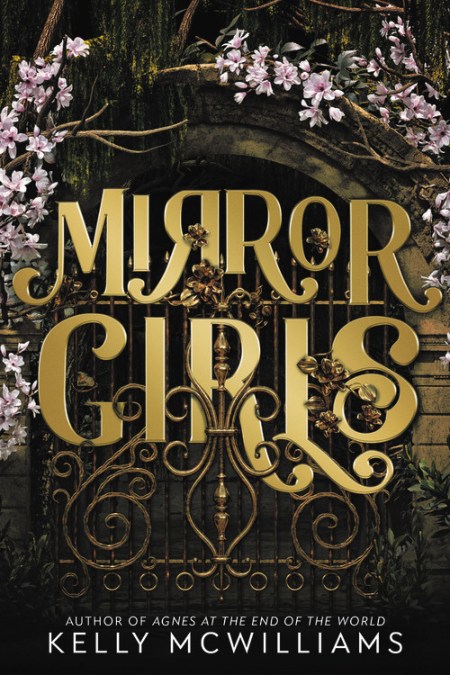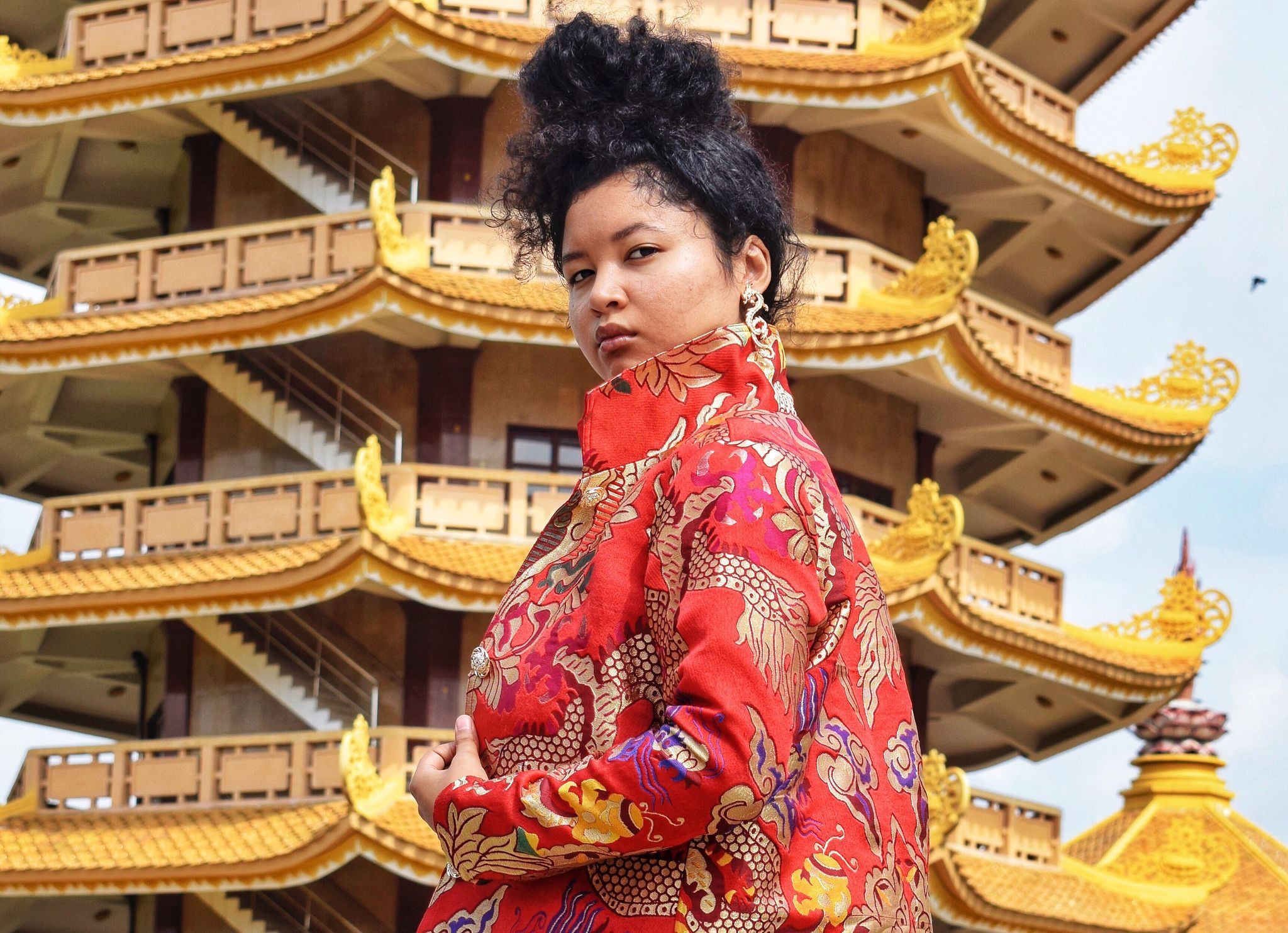All Tangled Up: Intersecting Stigmas of Race, Gender, and Sexuality in Mariana Rondón’s Bad HairPosted in Anthropology, Articles, Caribbean/Latin America, Communications/Media Studies on 2022-02-11 02:56Z by Steven |
All Tangled Up: Intersecting Stigmas of Race, Gender, and Sexuality in Mariana Rondón’s Bad Hair
Black Camera: An International Film Journal
Volume 9, Number 1, Fall 2017
pages 47-61
Reighan Gillam, Assistant Professor of Anthropology
University of Southern California
The film Pelo Malo / Bad Hair (dir. Mariana Rondón, 2013) depicts the story of Junior, a mixed-race young boy in Venezuela who wishes to straighten his curly hair. This essay shows that the stigmatization of black hair is part of Venezuela’s racial aesthetic regime and thus contextualizes the actions and desires of the main character. Moreover, while much of the literature on race and beauty in Latin America focuses on women’s experiences, this essay examines men’s and boys’ experiences of aesthetic regimes that value whiteness. Junior’s continual fussing with his hair, as well as his other actions, informs his mother’s fears that he is gay. I argue that the main character, Junior, is subject to shifting forms of stigma that inform his attempts to straighten his curly hair and in turn inform Junior’s mother’s perception that he is gay.
Read or purchase the article here.








